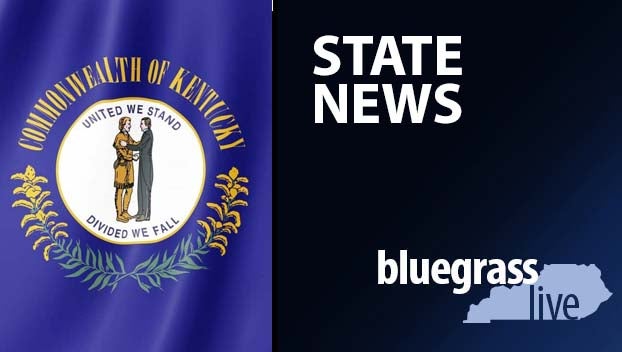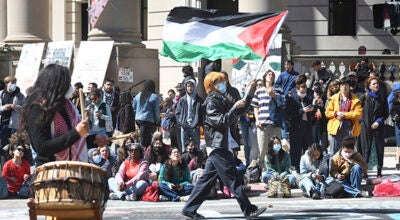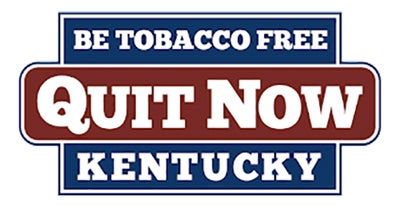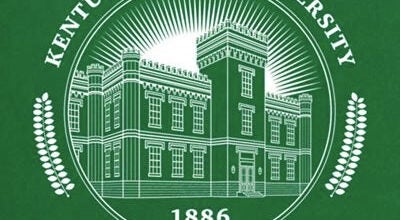‘Never forget’: Town installs markers for lynching victims
Published 7:21 am Saturday, April 10, 2021
An angry mob of about 50 white, masked men stormed the Shelbyville jail in the early morning of Jan. 15, 1911. They broke the locks to the cells and dragged out three Black inmates.
Law enforcement failed to intervene despite persistent rumors that mob violence was to occur.
The three Black men were taken to a nearby train trestle over Clear Creek to be hanged. One was accused of assaulting a white woman. It was said another killed a Black woman and assaulted a white woman. The third reportedly had flirted with a 14-year-old white girl.
From 1878 to 1911, there were at least six lynchings in Shelby County. Between 1877 and 1934, the lynching of at least 186 Black people took place in Kentucky, according to data compiled by the University of Washington. Scholars say there probably were more, maybe more than 300.
Most lynchings involved hangings. But the word is used to describe when a mob kills someone for an alleged offense with or without a legal trial.
This weekend, Shelbyville will unveil the first set of historical markers in the state paid for by the Equal Justice Initiative to record publicly the racial injustice of lynchings.
The EJI, based in Montgomery, Ala., is a non-profit organization that provides legal representation to prisoners who may have been wrongly convicted of crimes, poor prisoners without effective representation and others who may have been denied a fair trial. It was founded in 1989 by civil rights defense attorney Bryan Stevenson. He was depicted in the 2019 movie “Just Mercy,” which was based on his memoir, “Just Mercy: A Story of Justice and Redemption.”
Kiara Boone, EJI’s deputy director of community education, said the Shelbyville markers will be the first in Kentucky as part of the organization’s Community Remembrance Project.
The project has dedicated more than 35 historical markers in more than 15 states throughout the country to victims of racial terror violence, Boone said.
“We’re happy to make this happen in Kentucky. We should never forget,” said Janice Harris, president of the local NAACP chapter and chair for the Shelbyville Community Remembrance Project Coalition that began in 2019 and spearheaded the markers project in the community.
Harris said the idea for the markers in Shelbyville originated with coalition member Doug Welch, a Shelby County farmer who approached her with it.
“Some people ask ‘why worry about the past,'” said Welch. “The past was too much about being quiet. Silence is what exploited these atrocities. We must never forget.”
Saturday’s ceremony is to begin at 11 a.m. in a small yard at the corner of 5th and Washington streets near the old jail, a medieval-looking structure built in 1892 and known locally as the “White Rock Motel.” In case of rain, the event will be moved to the adjacent old courthouse.
Special guests will include Gov. Andy Beshear’s cabinet secretary, J. Michael Brown; EIJ’S Boone; and Michaela Clarke, a justice fellow with the organization.
Attendance will be limited due to the coronavirus pandemic and attendees are asked to wear masks and practice social distancing. A video of the ceremony will be available later on the Facebook pages of the Shelby County Historical Society, NAACP Shelbyville and First Christian Church Shelbyville.
Sponsors besides the eight-member Shelbyville Remembrance Project and the Equal Justice Initiative are the NAACP, the Ministerial Coalition of Shelby County, the local First Christian Church and First Presbyterian Church and Shelby County Historical Society.
Harris said Shelby County Judge-Executive Dan Ison and Shelbyville Mayor David Eaton have supported the project by providing land and employees to put up the markers and the Whitney M. Young Job Corps Center in Simpsonville had its students work on fencing for the markers.
Dr. George Wright, a senior adviser to University of Kentucky President Eli Capilouto and UK’s vice president for institutional diversity wrote a book about lynchings in Kentucky called “Racial Violence in Kentucky, 1865-1940, Lynchings, Mob Rule and Legal Lynchings.”
He said the Shelbyville event is important.
Wright recalled a 1985 visit to the Dachau Nazi concentration camp in southern Germany where 31,951 inmates died.
“In it is written in Yiddish, ‘We must never forget.’ It doesn’t say, ‘We must never forget, and we need to get revenge,” said Wright. “I’m into remembrance and reconciliation. We have to acknowledge our past to move forward.”
“Shelbyville is working on the remembrance part here,” he said. “Reconciliation must be included..”
Author Isabel Wilkerson in her 2020 book, “Caste The Origins of Our Discontent,” said public lynchings often “were part carnival, part torture chamber, and attracted thousands of onlookers who collectively became accomplices to public sadism.”
It was estimated that as many as 20,000 people gathered near the banks of the Ohio River at Owensboro on Aug. 14, 1936, 1936 to see the hanging of Rainey Bethea, a 22-year-old Black farmhand convicted of murdering and robbing a 70-year-old white woman.
Bethea was the last person killed in a public execution in the United States. The execution drew national media coverage that focused on a Black man being executed by a white, female sheriff with the help of a professional hangman.
Kentucky lawmakers put an end to public executions in the state in 1939. The Bluegrass State was the last state to do so.
The Associated Press reported that Kentucky Gov. Albert B. “Happy” Chandler later expressed regret at having approved the repeal, claiming, “Our streets are no longer safe.”
Several members of the Shelbyville remembrance group said they have not heard any criticism about the project. They acknowledge racism is not dead but say progress in racial justice is being made in their community.
“I think people will be talking about these markers and they will stimulate a good, hard look at our history and how things like that must never happen again,” said Harris. “At least, I hope that.”
Sanda Jones, the first Black president of the Shelby County Historical Society, said the markers are “important for growing and establishing a diverse community.” (Shelby County’s population is 49,024, with about 80 percent white, 7 percent Black and 10 percent Hispanic or Latino.)
“The stories of the lynchings are stories I grew up with hearing bits and pieces,” said Jones. “This community is no longer afraid to show its not-so-good history. This is part of the healing process.”
The EJI and the Shelbyville coalition documented the six Shelby County lynchings. They could not determine where any of the six was buried.
“We believe there were others but these are the ones we know about,” said Harris.
REUBEN DENNIS, FEB. 15, 1878
At least three white men abducted Dennis from the Shelbyville home of another Black man, Alfred Rucker. They forced him at gunpoint to a nearby field and fatally shot him.
Dennis had been convicted of striking a white man. He received a $25 fine but no jail time. He claimed self-defense.
Records indicate that officials made little effort to conduct their own investigation of Dennis’ death. The white mob never faced prosecution.
SAM PULLIAM, JULY 20, 1891
Pulliam was lynched by a mob of at least 60 white people.
The mob formed to pursue him after the wife of a prominent white farmer accused him of assault while her husband was away from home.
Fearful that he would face violent reprisal from local white people without the chance to defend himself against the allegations, Pulliam attempted to flee to safety on the local Louisville Southern railroad.
Before he could leave, the Shelbyville police chief intercepted and took him into custody.
Shortly afterwards, Pulliam was kidnapped by a white mob and hanged from a tree.
The local white press described the mob as being chivalrous. The mob never faced prosecution.
JIMBO FIELDS AND CLARENCE GARNETT, OCT. 2, 1901
A mob of armed white men hanged Garnett, 19, and Fields, 15, from the Chesapeake and Ohio Railroad trestle over Clear Creek after they were abducted from the jail.
They had been accused of stoning to death a white man, Will C. Hart, a printer at the Shelby Sentinel who drunkenly tried to enter the home of Fields’ mother in a part of Shelbyville called Bucktown.
Later, a Black man incarcerated at the jail reported he knew some of the mob participants but had been threatened into silence
No one in the mob ever faced prosecution.
EUGENE MARSHALL AND WADE PATTERSON, JAN. 15, 1911
Marshall, Patterson and another Black man named Jim West were abducted from the jail by a white mob.
The mob dragged them to Clear Creek to hang all three on the train trestle.
They first hanged Marshall.
The rope broke as they were hanging Patterson. He landed in the creek. They severely beat him. At least 75 shots were fired at him before he died.
West was injured by the mob, but he was able to escape from the scene.
History is not sure what happened to West. The local press said rumor had it that he was found in the woods and was burned to death. Another account said he fled the county.
Later that morning, Marshall’s body was found hanging from the bridge. Patterson’s body was nearby in the creek.
All three men had been accused of separate offenses. Patterson and West had been accused of offenses against white women.
Although Marshall was accused of killing a Black woman, local accounts indicate he was lynched likely as the result of the mob mistaking his identity.
Soon after the lynchings, local authorities initiated a grand jury investigation.
No one was ever held responsible for the lynchings.






